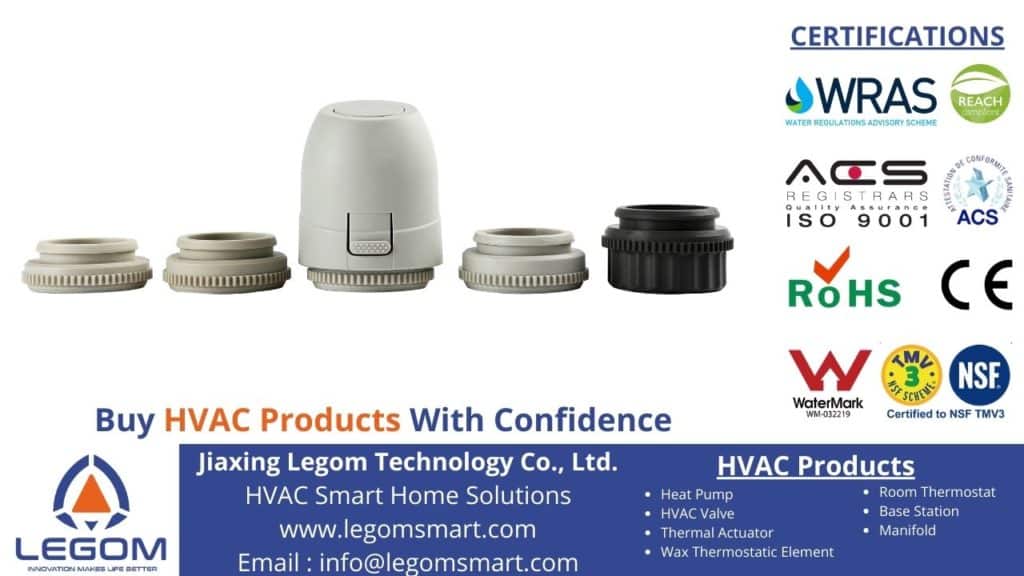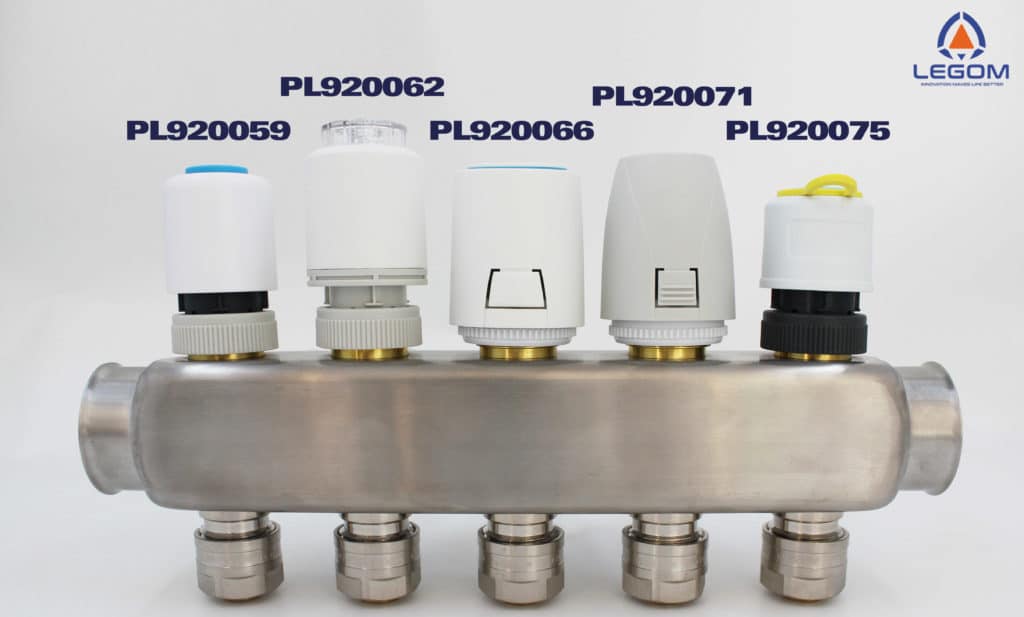
We seem to have seen thermal actuator applications around us. Thermal actuators can be in heating systems, car engines, dishwashers, clothes washing machines, and many more. All equipment that has valves to open and close based on temperature settings uses the working principle of a thermostatic actuator. There are simple thermal actuators such as setting the flow of hot water to the radiator in a room heater to thermal actuators with wax.
The way thermal actuator applications work is how to change heat energy into motion energy. Thermostatic actuators use a temperature sensing material where this material will undergo sealing in the housing. Then the diaphragm will push the plug to move the piston. Wax material is a temperature sensing material that cannot compress easily.
Contents
Thermal Actuator Applications Based on Manufacturer’s Predictions
Thermal actuator manufacturers create various types and sizes of thermal actuators so it is easy for us to find them in various applications. Thermal actuators are rapidly attracting the attention of the general public due to their practicality and energy saving. This is a type of non-electric motor that has important components such as thermal sensitive materials and pistons.
The two main components are capable of producing linear movement when temperature changes occur. That’s why many thermal actuator applications occur in conditions with gas, vacuum, and liquid. A number of thermal actuators come from sturdy materials such as stainless steel, aluminum, and brass. Apart from that, the material that makes it up is also durable and easy to install.
When you test how the thermal actuators work, these actuators show their resistance to shock and vibration. So, this is the next thermal actuator product for you in various applications.
Thermal Actuator Applications in Various Industries

Thermal actuator devices are so sensitive to even the smallest temperature changes. Therefore, thermal actuator applications usually cover various types of industry including HVAC systems like what Legom always provides, aerospace, agriculture, automotive, and many more. Simple systems, uncomplicated components, easy integration between components, lightweight designs are some of the strong reasons why a number of industries use thermal actuators.
This actuator is very different from other devices in terms of energy resources. Thermal actuators produce movement without an external power source. It simply takes advantage of changes in temperature within itself to carry out certain operational plans. Some of these operating plans include opening or closing valves or operating switches.
The presence of thermally sensitive materials is an important component in thermal actuators because they can respond to fluctuating temperature changes. It responds by expanding as the temperature increases. This causes other important components in the form of pistons to move until the piston exits the actuator. When the temperature changes again, thermally sensitive materials such as wax also experience contraction. Then the piston can return to its original location.
Thermal Actuator Applications for Delivery Warm Water System
Warm water flowing into one shower combination at a time is a gift for winter like no other. This water heating system is usually in the bathroom for the sink, warm water for washing the face, and eyes.
When we open the shower, there will be a decrease in pressure in the diaphragm which will open the steam control valve. Water and steam will come out together to heat and condense the steam.
Next, the hot water will enter the tempering valve and then go to the mixing valve. Here the water and steam will combine with the cold water to produce an 800F water outlet. Furthermore, the steam valve will remain closed if the water supply stops.
Get to Know the Types Before Thermal Actuator Applications
There are three types of thermal actuators that you must learn first. At least before you get into some thermal actuator applications. There are push press types, pusher types, and flat diaphragm types. If you are in an environment with limited applications, then the press on type is the most suitable choice among the three.
Then the push type and flat diaphragm are quite suitable for strokes higher than 4mm.
Meanwhile, the push press type is for long term durability such as in the aerospace industry. Thermal actuator applications in the aerospace industry usually for engine lubrication systems, as part of the safety shutdown process, and temperature control.
So, here is a brief explanation of the three types of thermal actuators.
Press on Type
When deciding on thermal actuator applications for various industries, technicians in charge will check what the specific requirements are. If there is a need for long term reliability, a smaller size design, and a high stroke, then the push press type is the mainstay. It works by inserting the piston into a bag with wax around it. The bag will press and push the piston to move when the wax expands.
This type doesn’t require a long piston guide. We often find this type of actuator in the agricultural industry in livestock watering systems. Likewise with automatic greenhouse ventilation.
Pusher Type
There is no diaphragm or bag in this type so that the wax driver can produce the highest blow. There is a container containing wax and piston inside.
Flat Diaphragm
Thermal actuator applications generally use this type of wax thermostatic element. This type doesn’t require long strokes and is only around 4 mm. The piston is right at the top diaphragm so this type requires a longer piston guide. The automotive industries use this thermal actuator for transmission cooling, oil temperature setting, and thermostat applications.
Legom as manufacturer of thermal actuator will guide you always in applying the working principle in a proper way. We have contributed in creating sophisticated technological based innovations of thermal actuators in more than 90 countries.
You may find our partners around the world which bring our products as a part of the global market. If you are now in need of a partner or OEM for some thermal actuator applications, do not hesitate to contact us immediately.
